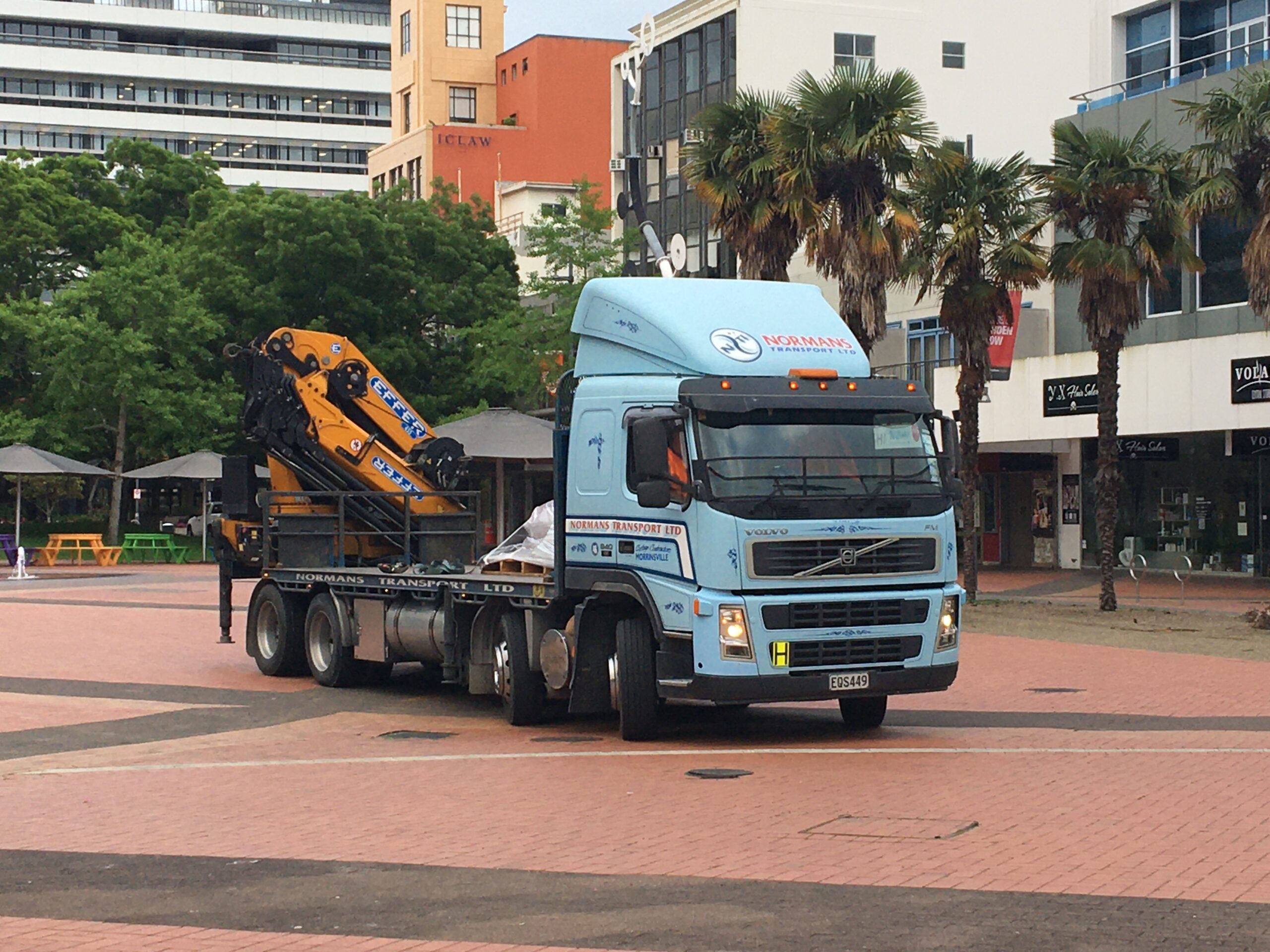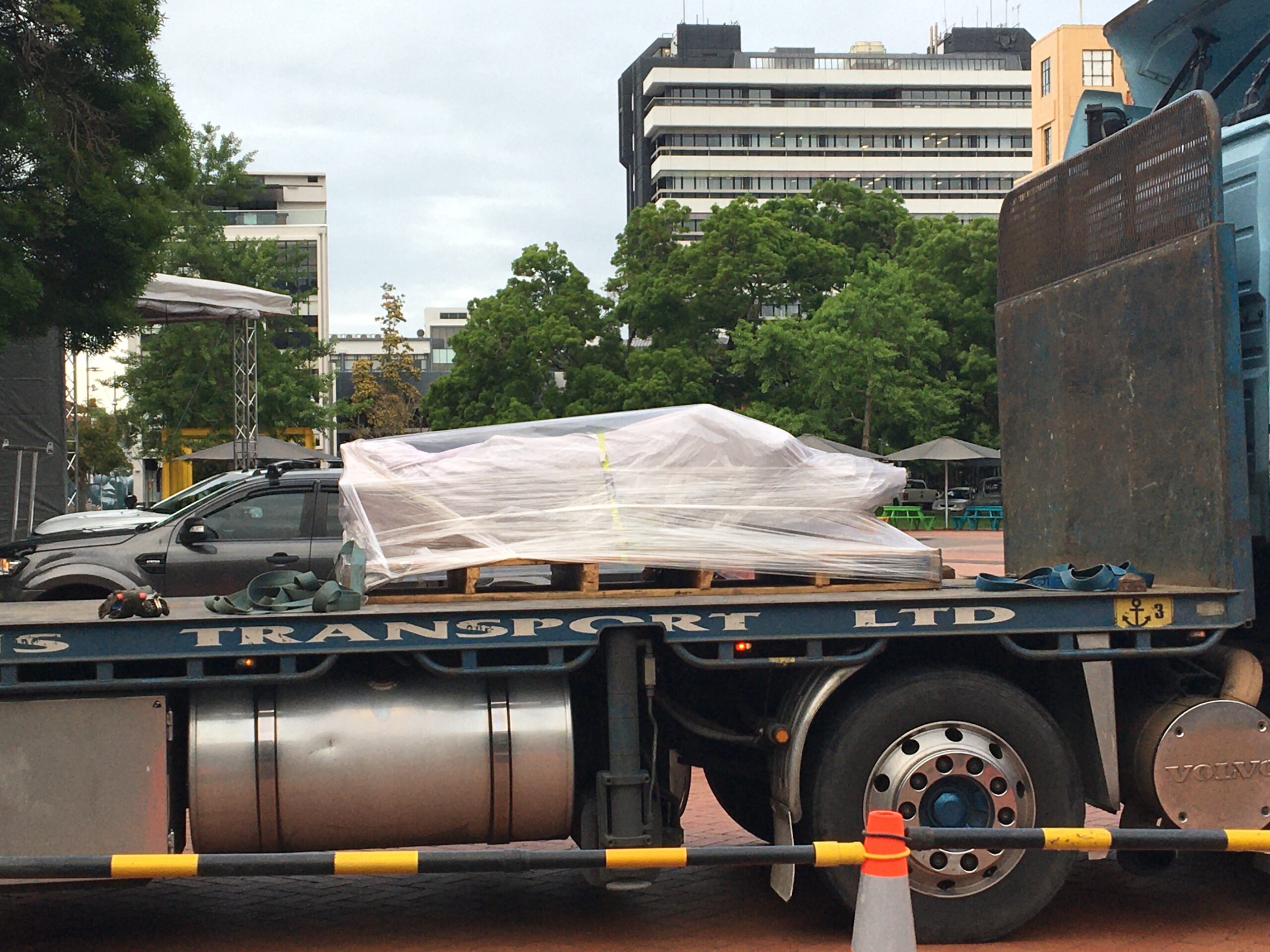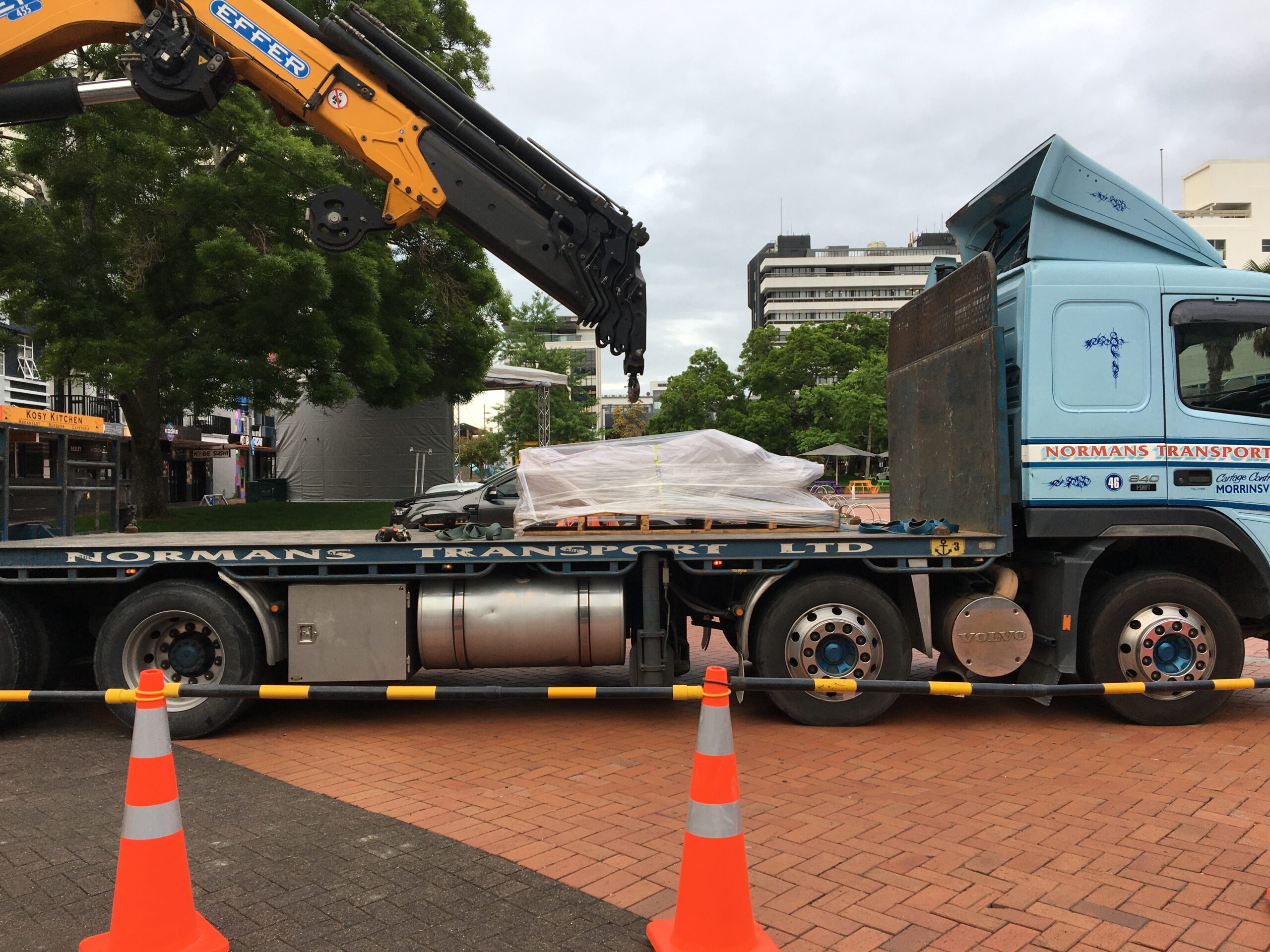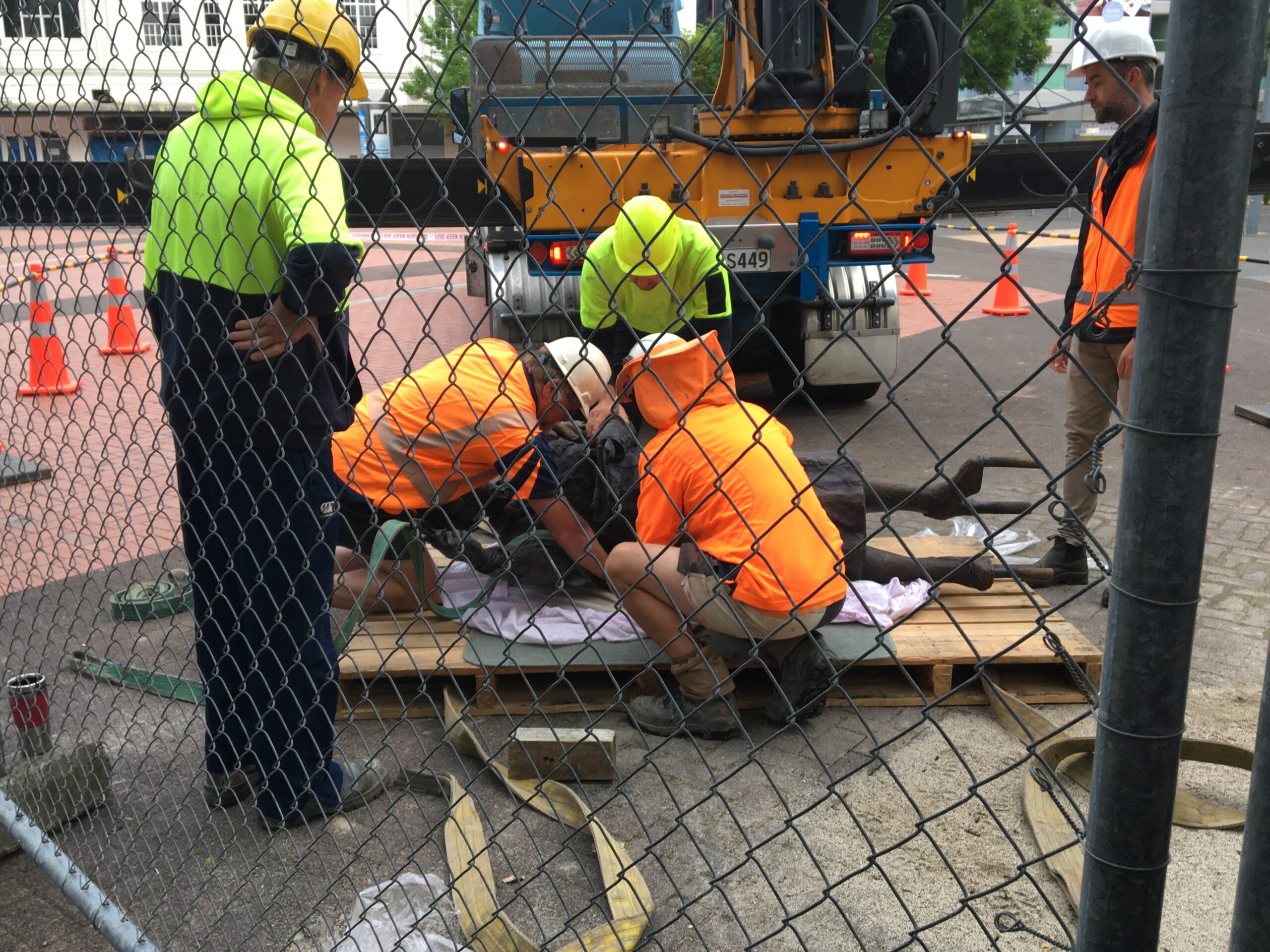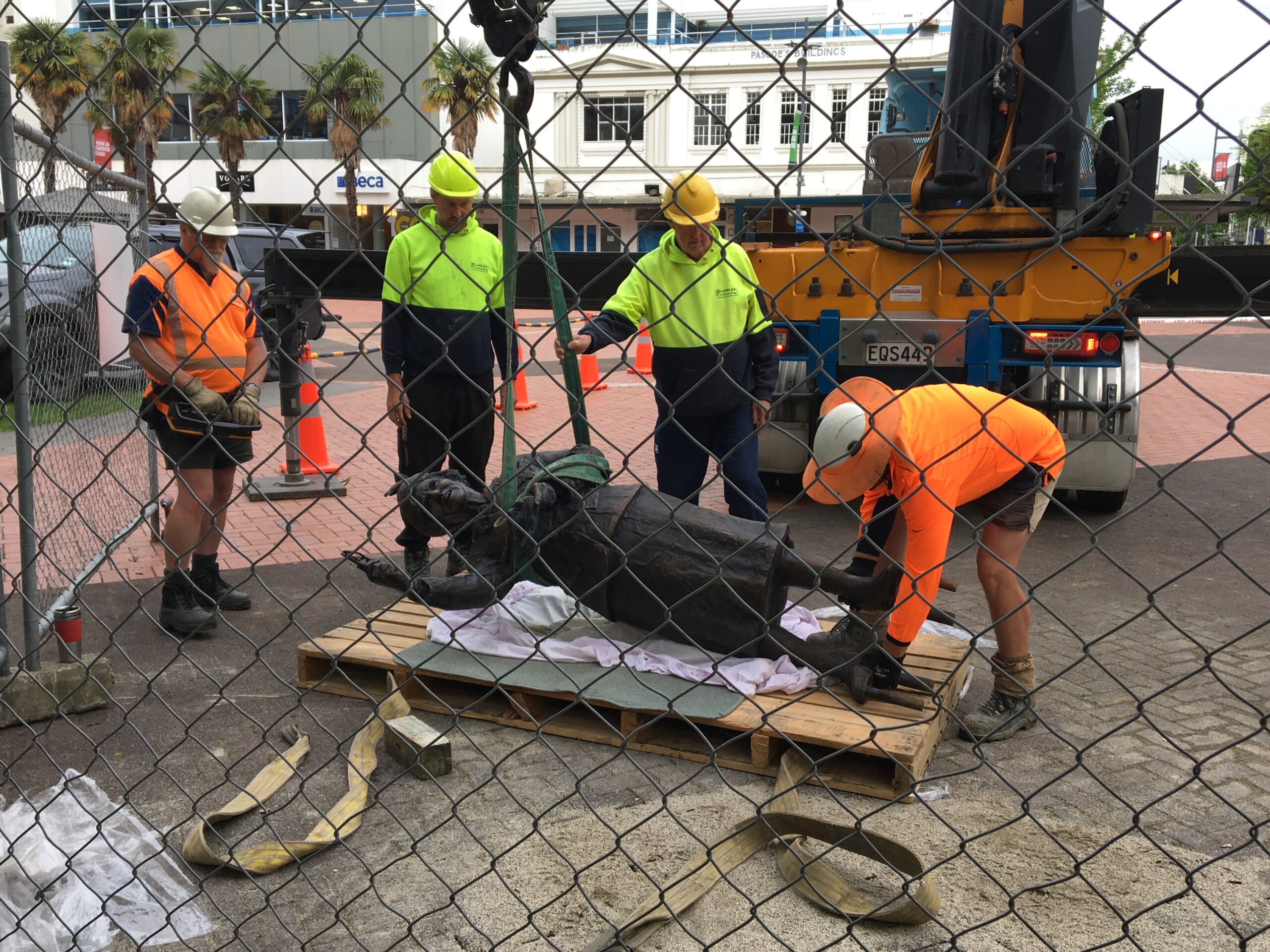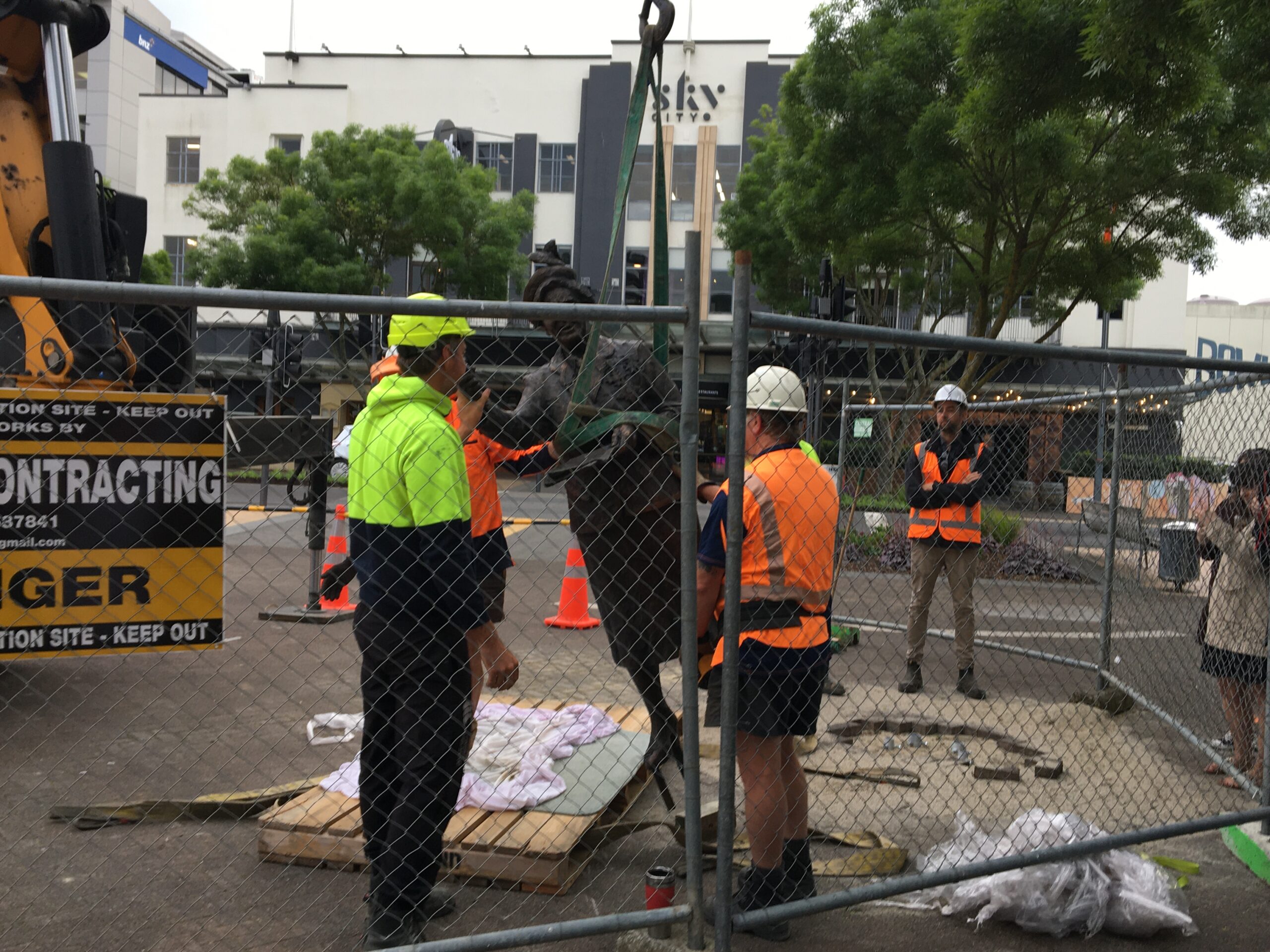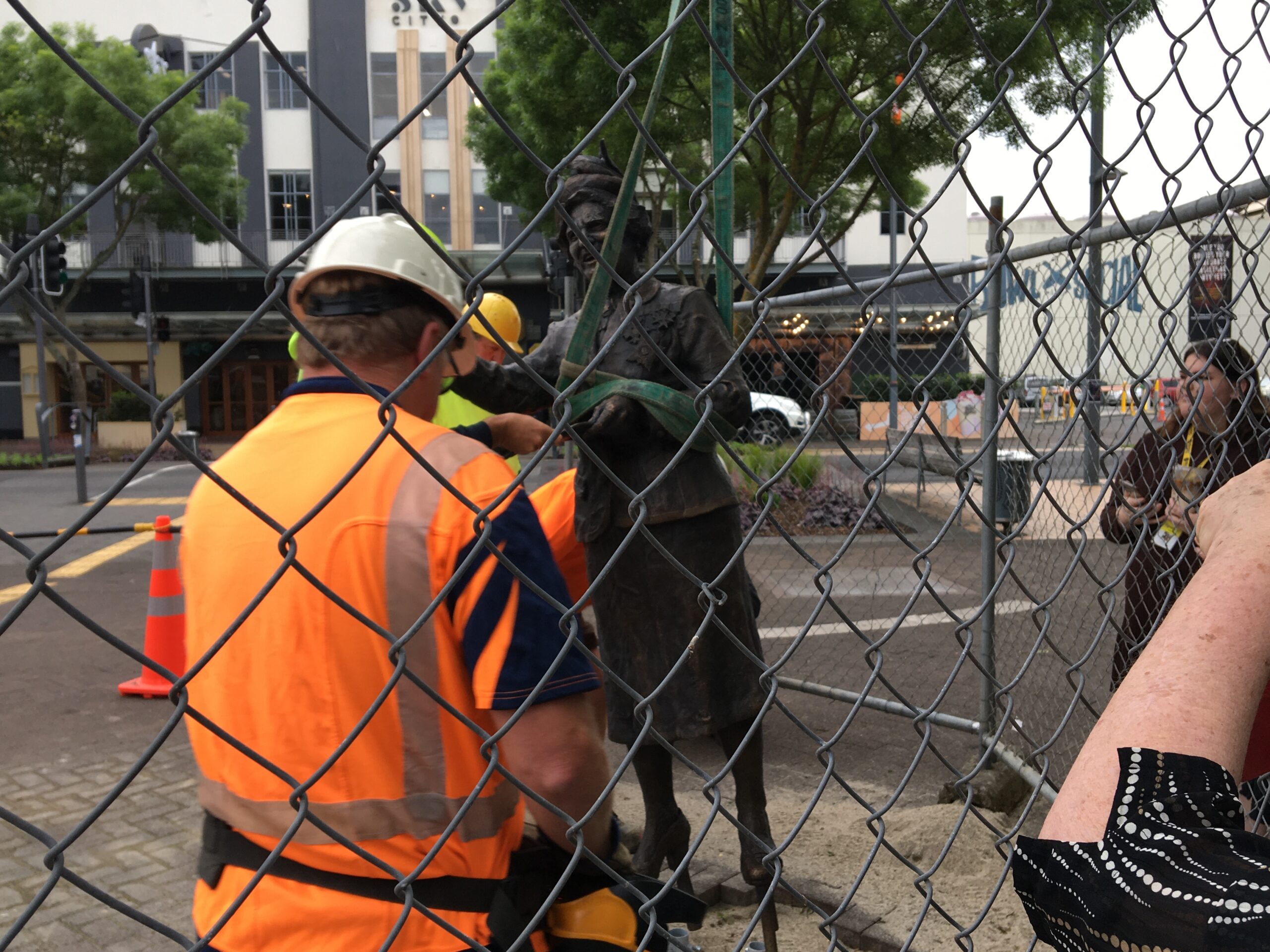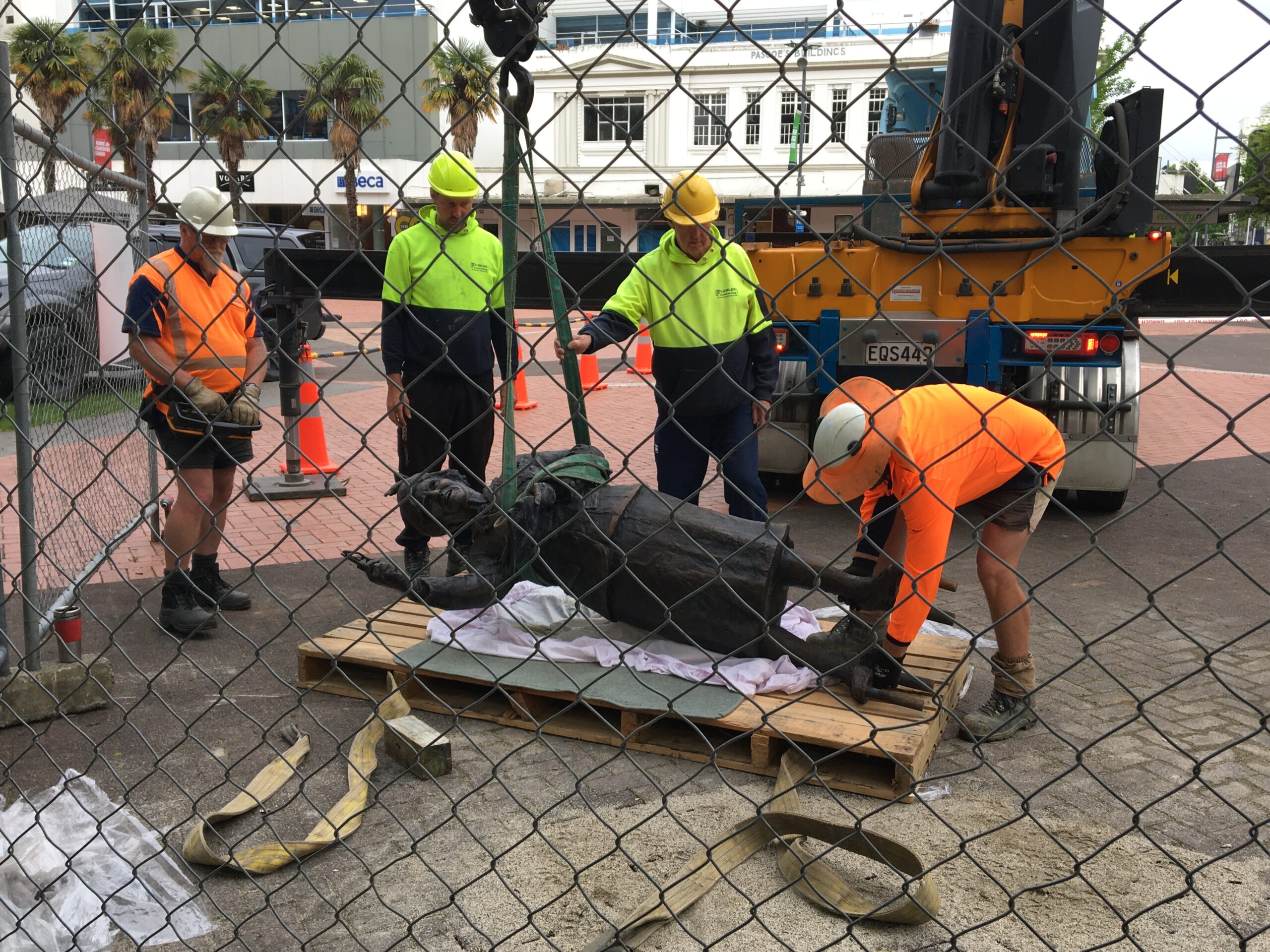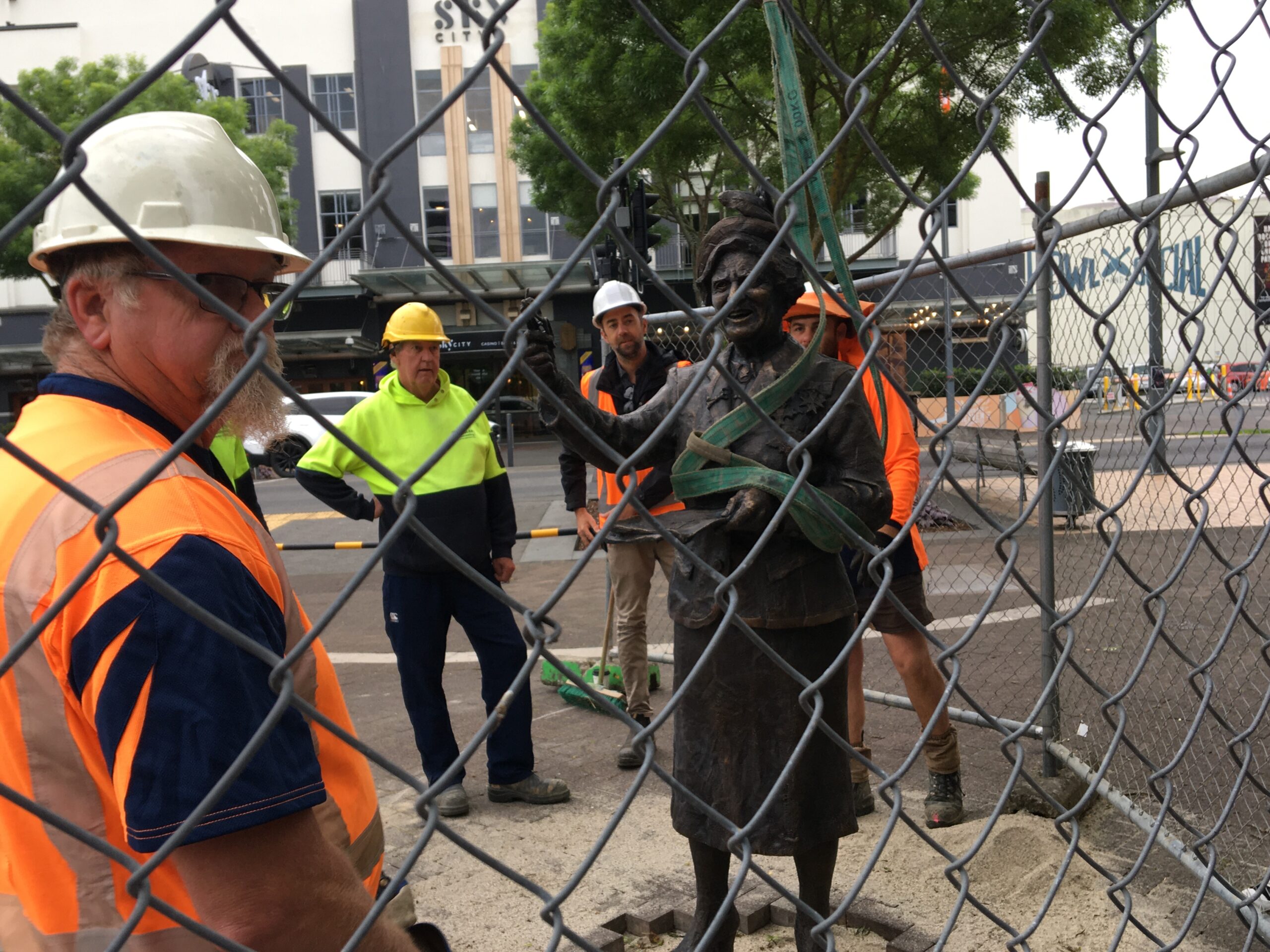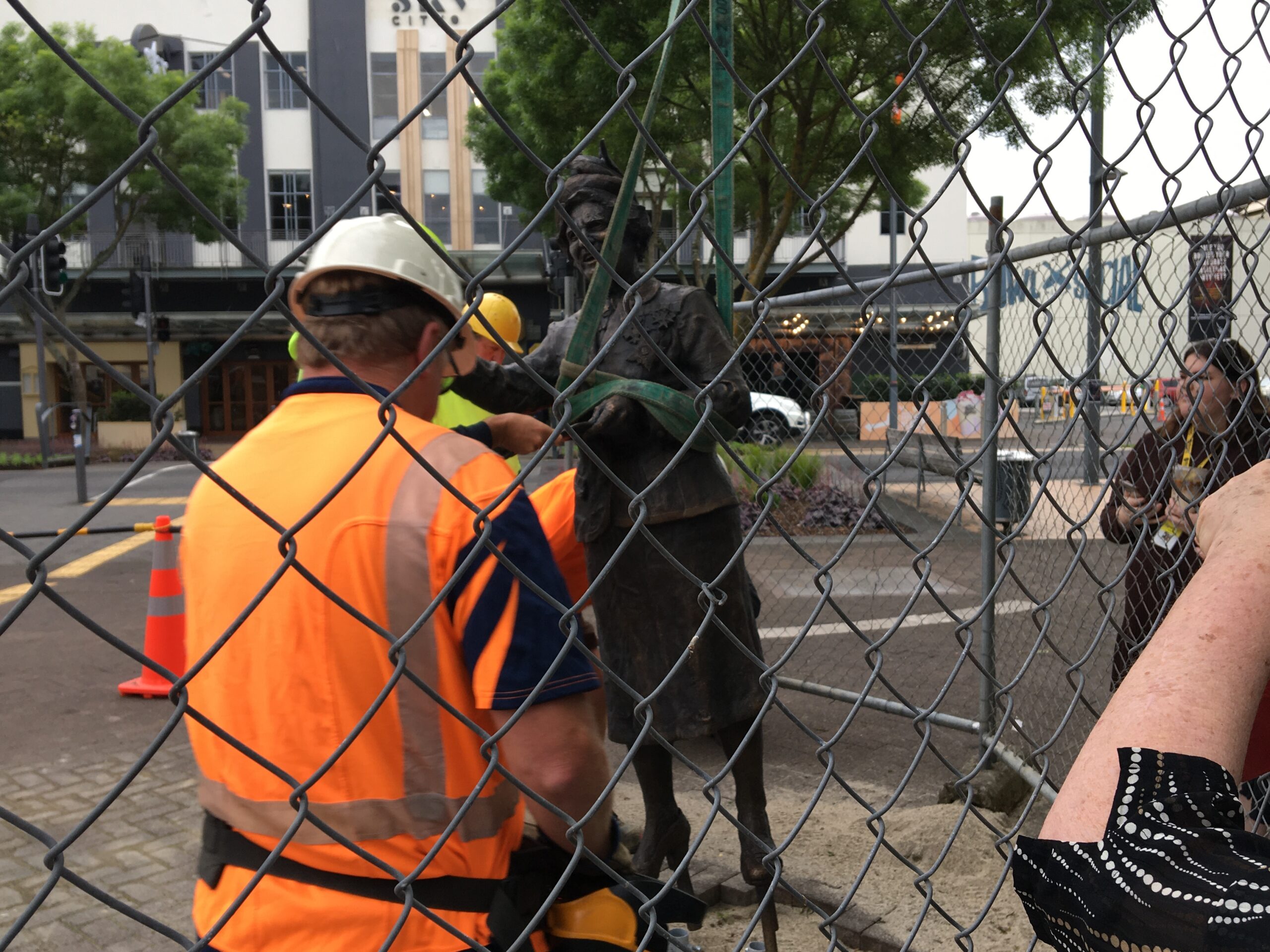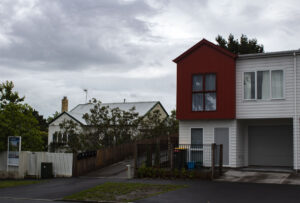The legacy of Dame Hilda Ross
The statue unveiling of former National MP Dame Hilda Ross has brought back legacy that had been long forgotten.
THE BACKGROUND
In the 2020 General Election, women were at the forefront of the campaign. Leaders of both the Labour and National Party, Jacinda Ardern and Judith Collins respectively, were vying to lead their parties into government.
Ardern was hoping to be re-elected based on the strength of the Government’s response to Covid-19 while Collins was trying to lead National back from a quick trip in the wilderness.
In the end, voters trusted Labour to get stuff done and handed the party with a whopping mandate, 65 seats and 50% of the vote. National was left to lick its wounds and regroup.
The interesting thing is that it’s not the first time both leaders of the two major political parties were women. The other time was in 1999 between Labour’s Helen Clark and National and then-Prime Minister Jenny Shipley. History repeated itself for Labour in 1999 as well.
The story of how New Zealand got to where we are dates back to over 100 years ago. On October 29, 1919, the Women’s Parliamentary Act, 1919 passed in Parliament. In short, the Act gave women the right to stand as MP’s, 26 years removed from women gaining the right to vote.
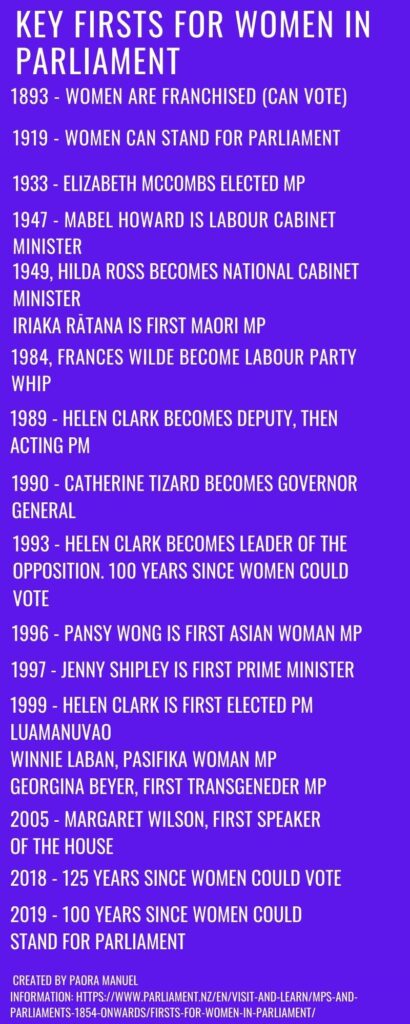
The full list of firsts for women in Parliament.
“A woman shall not be disqualified by sex or marriage from being elected as a member of the House of Representatives”
The Women’s Parliamentary Act, 1919.
After the Act passed, three women, Rosetta Baume in Parnell, Aileen Cooke in Thames and Ellen Melville in Grey Lynn stood for election in the 1919 election, which was held
7 weeks after the Act was passed. None of the three were elected. Another 10 women were unsuccessful before Elizabeth McCombs won the Lyttleton seat in 1933 for Labour.
Five more women became MP’s, Catherine Stewart in Wellington West, Mary Dreaver in Waitemata, Mary Grigg and Mabel Howard. The fifth MP was Hilda Ross, the new National Party MP for Hamilton.
THE STORY OF HILDA ROSS
Hilda Ross was born on 6 July 1883 in Whangarei as Grace Nixon. Her family emigrated to Sydney before moving the family back to Auckland. While in Auckland, she started to learn the piano and began a lifelong passion for music.
It was in Auckland where she met Harry Ross and they were married in 1904. Nixon assumed the name Grace Hilda Cuthbertha Ross.
She would become known as Hilda Ross for the rest of her life.
The Ross family moved from Auckland to the Waikato, first in Cambridge before settling in Hamilton.
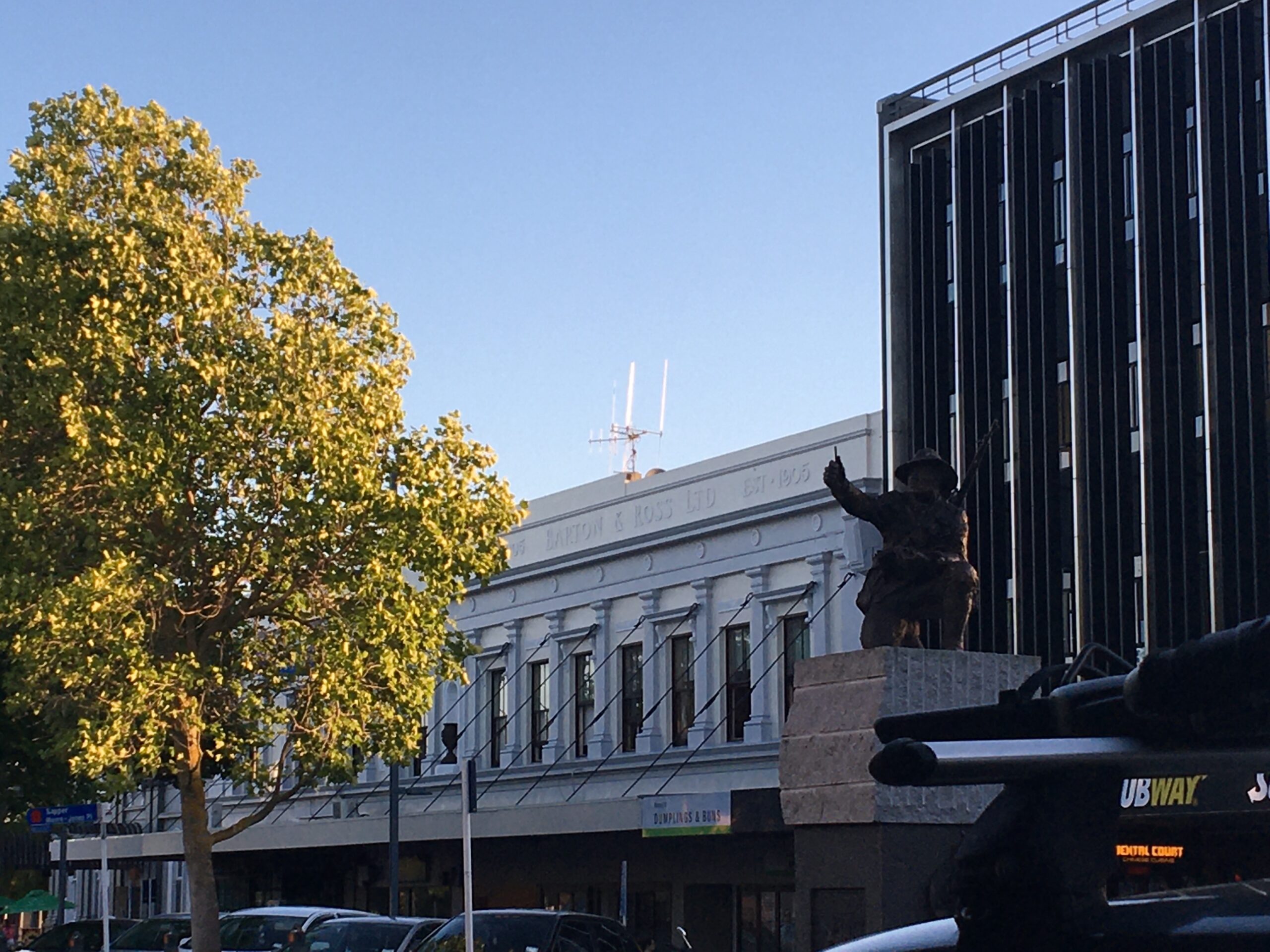
Her husband set up Barton and Ross, a furnishing firm whose offices were on Victoria Street. They had four sons during their marriage, two of whom died in infancy.
Hilda Ross became involved in the Hamilton community. She was the music teacher at Waikato Diocesan School, she was involved in the Hamilton Operatic Society and Choral Society, set up relief committees during the Great Depression and 1931 Napier Earthquake.
Before becoming an MP, she became the first woman councillor in the then Hamilton Borough Council in 1944 and became Deputy Mayor in 1945.
Hilda Ross was then elected to Parliament as the National MP for the Hamilton seat in 1945 replacing Frank Findlay. Like Ross, Findlay was a councillor and Deputy Mayor.
Findlay was elected in 1943 before his death, suffering from a heart attack while playing tennis.
Unfortunately, Harry Ross would not see her become the Hamilton MP or councillor, as he died in 1940 before she became elected onto the Waikato Hospital Board.
In her maiden speech to the House, Ross indicated that she would follow the principles of her electorate.
“Principles are sacred, and no factor will ever force me to forsake the principles I advocated before the electors of Hamilton, and which I am determined to stand by.”
Hilda Ross in her maiden speech in Parliament.
During her speech, she reminded Parliament of their responsibilities as MP’s and made her priorities clear from the get-go.
“We must never lose sight of our paramount duty to serve the people – all the people, not merely one section of the community.”
Hilda Ross reminding MP’s of their responsibilities.
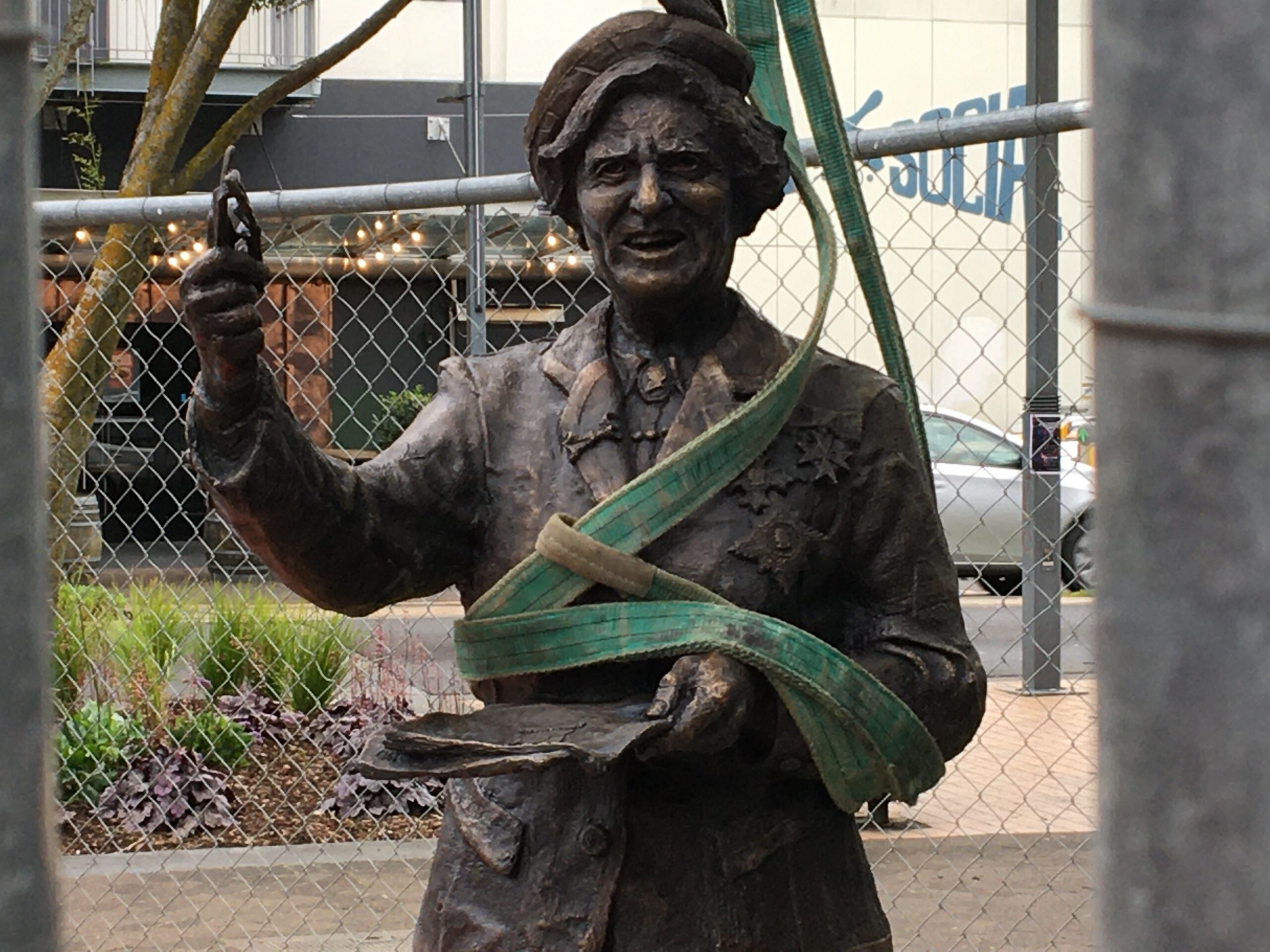
“My main concern in this House will be the welfare of the women and children in this country.”
Hilda Ross’ setting out her goals and concerns.
When she entered Parliament in 1945, Hilda Ross had found a companion and kindred spirit in Mabel Howard, the Labour MP for Christchurch East.
During their time in Parliament, Howard and Ross were able to work well together especially around issues that involved women and children.
“I am deeply indebted to her for the kindness she has shown to me.”
Hilda Ross describing her new friendship with Mabel Howard, the Labour MP for Christchurch East.
The passion she had to help women and children was evident when, in 1946, Finance Minister Walter Nash introduced the universal Child benefit to the House, Ross made a point to remind Nash of one important detail.
“Of course, this benefit will be paid to the mothers, won’t it sir.”
Hilda Ross to Walter Nash on who will receive the child benefit payments.
Ross would spend four years in opposition before become National’s first female Cabinet Minister when the party swept to power in 1949.
In the first National government, under Prime Minister Sidney Holland, Hilda Ross picked up various ministerial portfolios. She was Minister of Welfare of Women and Children from 1949 until National lost power in 1957 and also picked up Child Welfare in 1954 and Social Security in 1957.
Despite National losing power in 1957, Ross stayed on as the Hamilton MP until her death on March 6, 1959, aged 75.
When Ross died, an estimated 10,000 packed into St. Peters Cathedral on Victoria Street.
HILDA ROSS’ LEGACY
Hilda’s Ross legacy has been defined in so many ways since her death in 1959. Various memorials were created and named after her, including the Hilda Ross Centre at Waikato Hospital (this centre no longer exists), the Dame Hilda Ross memorial fountain at Founder’s Theatre (The Founder’s Theatre three proposal options all involve repairing the memorial fountain) and the Hilda Ross Retirement Village along Ruakura Road.
Source / Archived sound recording from Ngā Taonga Sound & Vision.
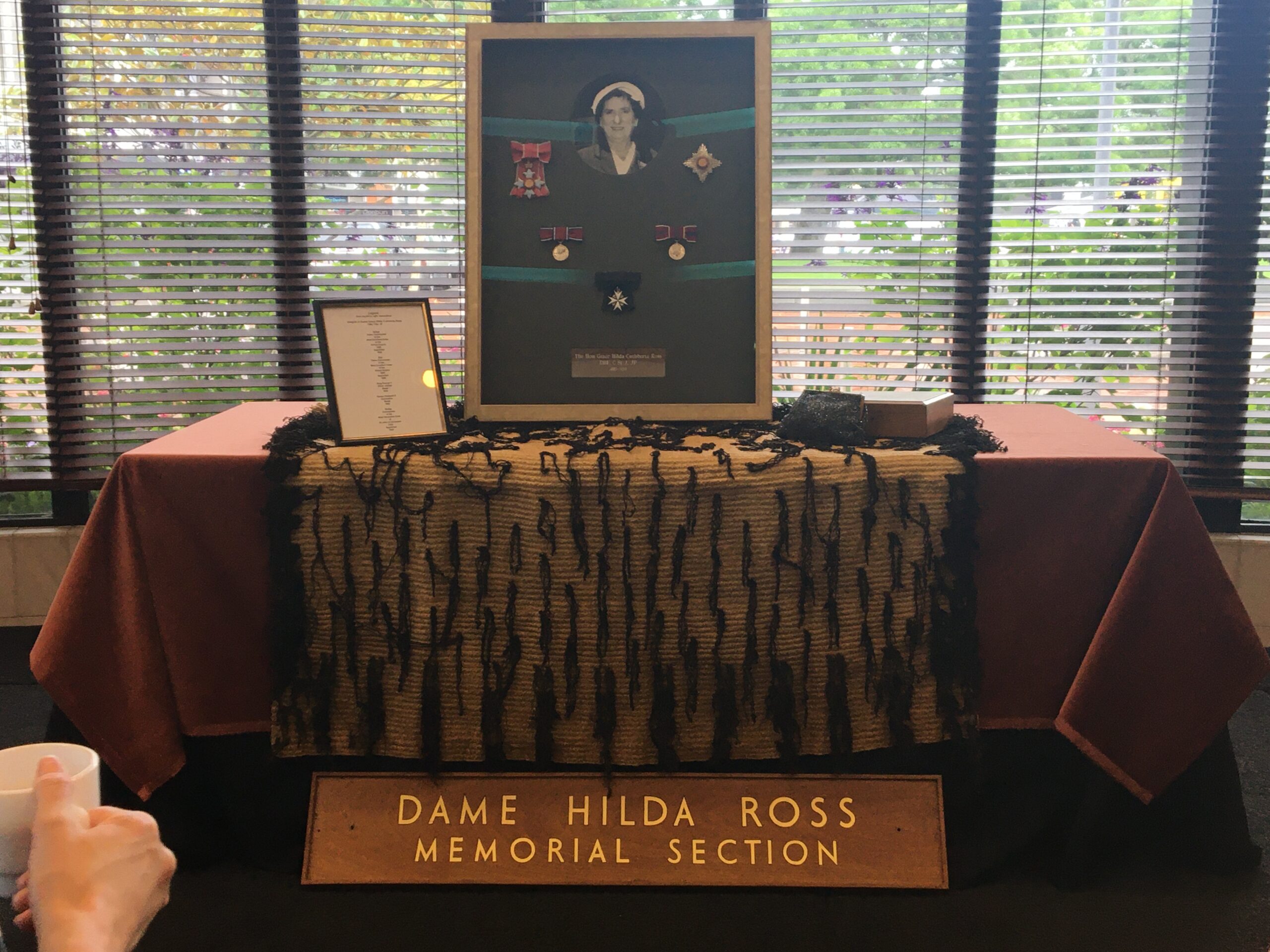
Ross was awarded the DBE (Dame Commander of the British Empire in 1956 for her services to the public and her work as an MP.
Within the National Party, Ross is remembered as the namesake of the Dame Hilda Ross Memorial Fund, run by the National Party. The key objective of the fund is to “promote greater opportunities for women in politics” within the National Party.
Maggie Barry, the former National MP for North Shore regards Ross as a touchstone amongst women in the National Party.
“She is somebody who has inspired and, through the trust that we’ve set up, does help enable future generations of women to crash through that large barrier and to become a member of Parliament.”
Maggie Barry speaking in Parliament.
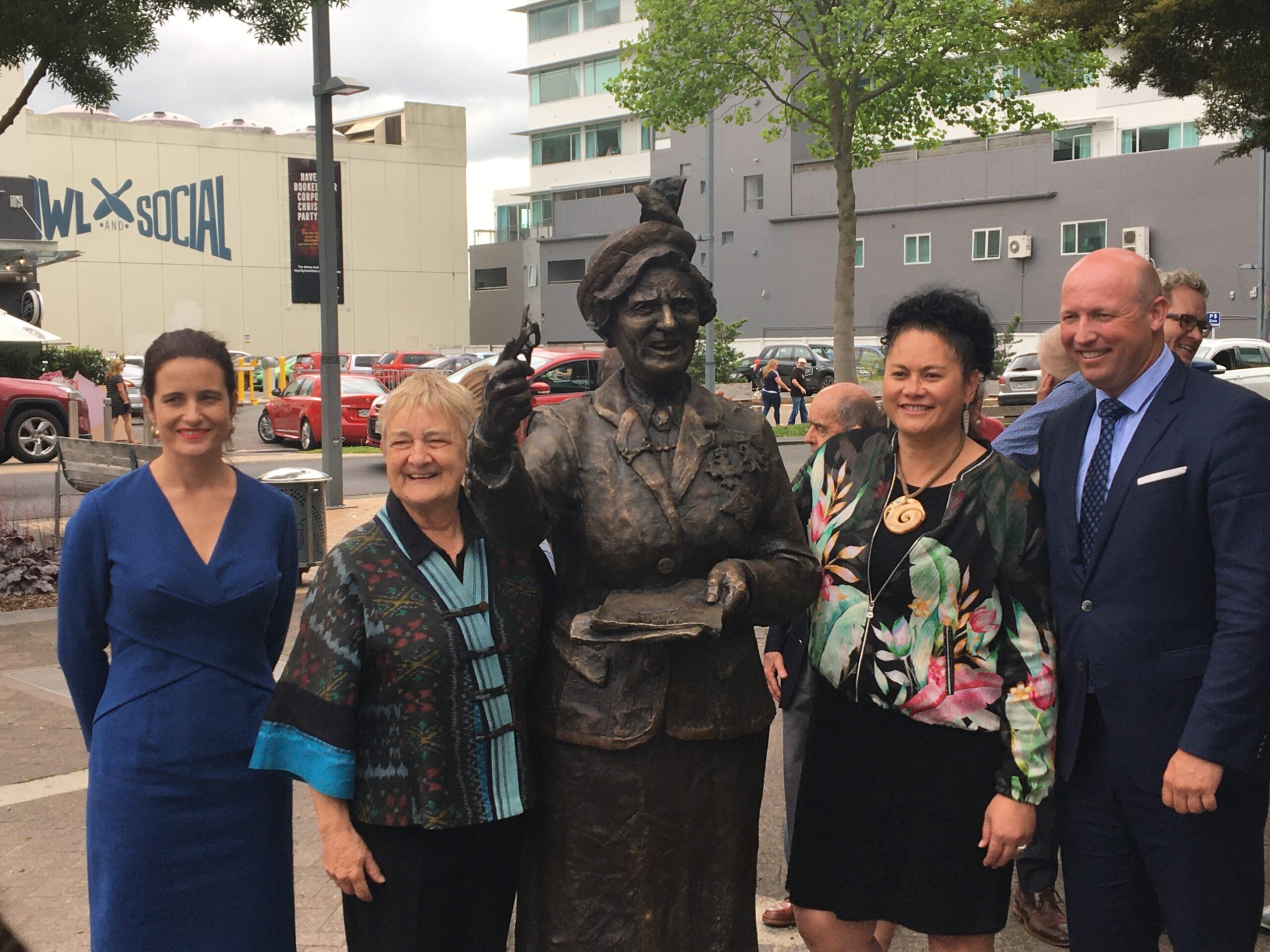
The most recent addition to her legacy was the unveiling of the Dame Hilda Ross statue in Garden Place.
Hamilton-based National MP David Bennett said at the unveiling of the Hilda Ross statue that Ross was an “icon of Hamilton.
“I think it’s a fantastic statue, everyone said she was a diminutive figure when they were describing her. It’s a great thing for Hamilton, it’s right in the right place, she’s looking at the council giving them direction and it’s right in the main street.”
David Bennett describing the Dame Hilda Ross statue.
Hilda Ross’ grandson Colin Ross was very happy when the statue was unveiled.
“She’s been dead for 60 years. I think she’s been, having respect to the way she was appreciated in her lifetime, I feel she’s been forgotten. This brings back so much of that.”
Colin Ross on his grandmother gaining recognition.
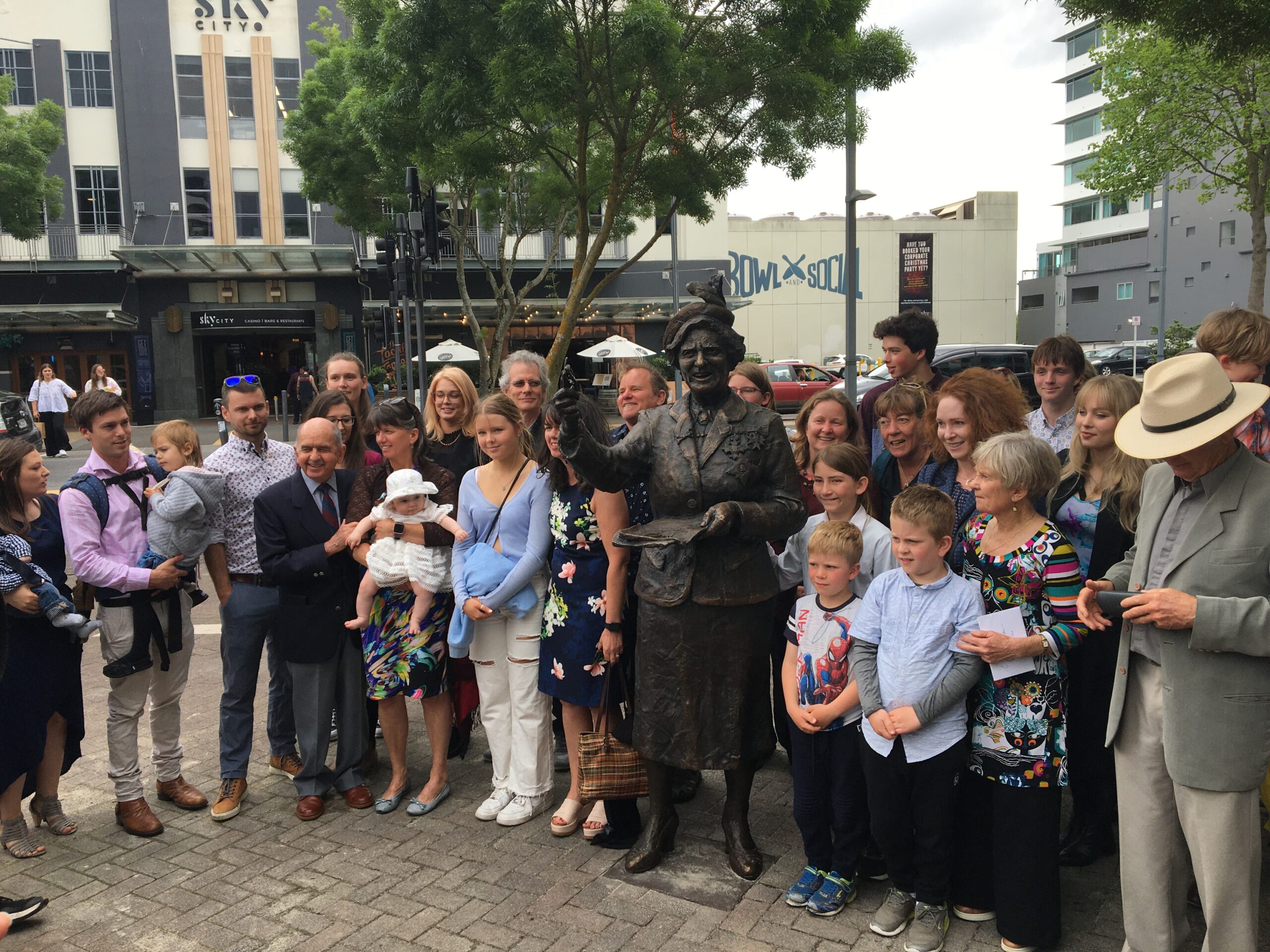
Although Dame Hilda Ross has been dead for over 60 years, her presence in the conscious of both Hamilton and New Zealand had never been forgotten for those who knew her.
Over the last few years, more has been made of her legacy and her story has been become more widely known. The statue will go a long way towards her becoming the household name she once was.
“I can only express the wish that in the days that lie ahead it may be possible for me to contribute something, even though it may be possible to contribute something, even though it may not be much, towards the welfare of the country I love so much.”
Hilda Ross last words in her maiden speech in Parliament.


